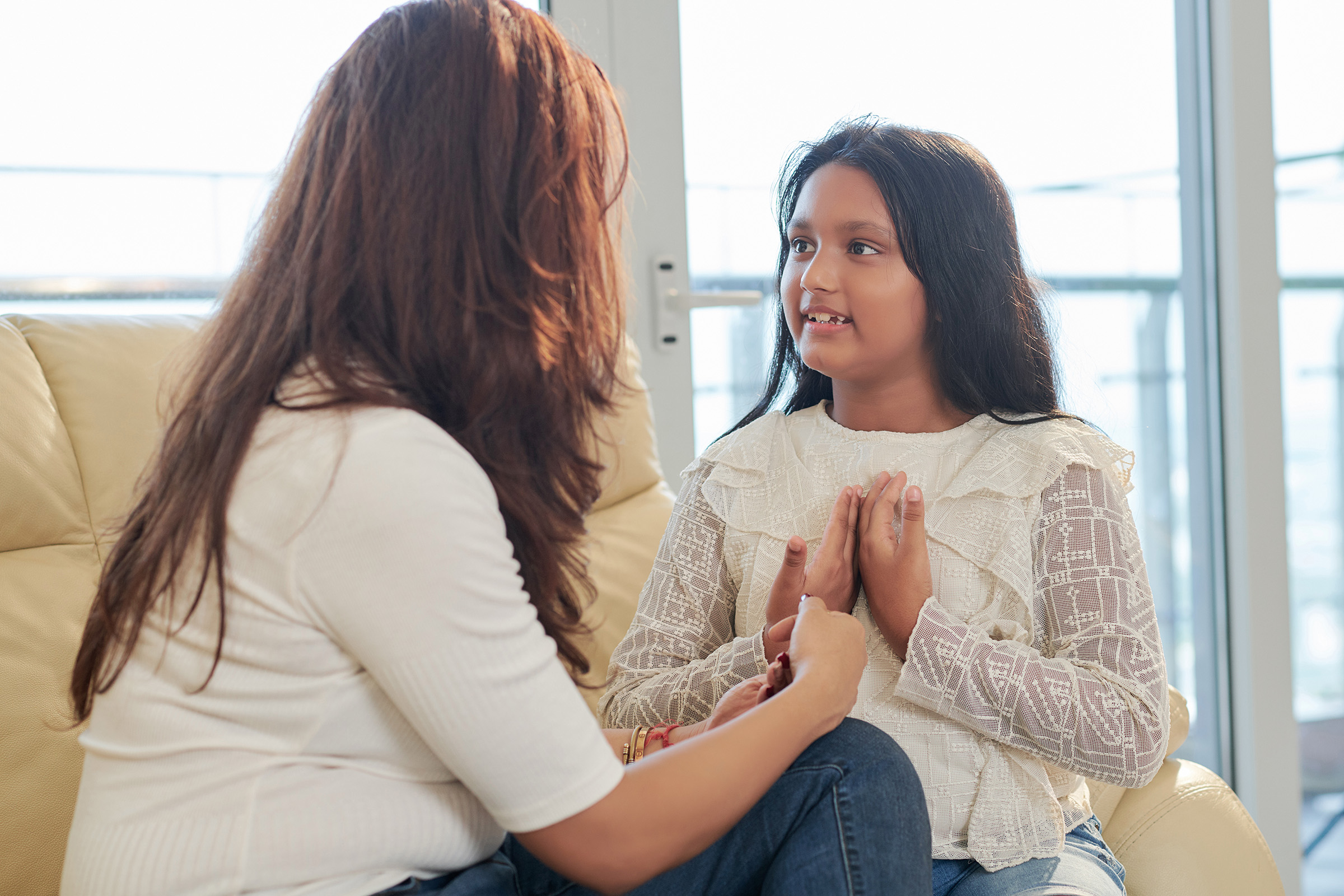Help Children Understand Their Feelings During Parents' Divorce
Wednesday, June 21, 2023
Going through a divorce can be stressful for parents. It is also stressful for the
children. While parents need to take care of and manage their personal stress, they
also need to be mindful of the emotions their children are feeling.
Katey Masri, manager of Oklahoma State University Extension’s Co-Parenting for Resilience program, said children of all ages may experience different emotions during this time.
“It’s not unusual for parents to notice significant behavioral and emotional changes in their children, especially within the first year after a divorce,” Masri said. “While some of these issues will resolve with time, the child’s sense of loss and emotional trauma can last for many years.”
It’s important for parents to put their own feelings aside and make themselves approachable to their children. Parents often get caught up in their own stress and distraction and may not realize the children don’t want to reach out to them. Masri encourages parents to actively invite their children to express themselves and let them know it’s safe to talk about their feelings.
“Sometimes a child’s emotions are directed at the parent, and that can be tough to hear as the parent,” she said. “It also can be hard to hear children express good things a co-parent does, but it’s important for children to express their emotions.”
An activity that can help children express their feelings is talking about the day’s high and low points. Encourage children to talk about the lowest part of their day but be sure to follow that up with having them talk about the best part of the day, too.
It can be beneficial, especially for younger children, to name their emotions. There are more feelings than simply happy or sad. Considering making a “feelings” chart to help kids identify their specific emotions.
Masri said dealing with emotions affects people in different ways. Some people may experience physical symptoms such as stomachaches, headaches or tight muscles.
“Children need to be made aware that their own bodies may react differently in stressful situations. This can help assist them in their ability to cope with the stress earlier and better,” she said.
It can be helpful for children to draw their emotions. Another idea to is make paper faces with removable facial features. Make various shapes for eyes and mouths for children to express specific emotions. They also can create a feelings box in which they place drawings or written feelings.
“The idea is to put their worries in a safe place so they can take a break from thinking about them,” Masri said.
For older children, use conversation starters to explore feelings. Examples include “Sometimes I worry about …” or “I’m feeling sad because …” Another option is to read age-appropriate books about children and emotions.
Being more aware of children’s emotions may require parents to be more aware of their own feelings. Divorce brings a wide range of emotions that shouldn’t be ignored. Seek professional help if necessary.
For more information about children and feelings surrounding divorce, check out OSU Extension fact sheet T-2389.

